Celebrating North India's Colorful Festivals
North India embodies the ancient Indus Valley Civilization, shaped by invasions from Aryans, Huns, and Central Asian tribes. These influences led to the establishment of settlements, while Greeks and Afghans also left their mark by making it their capital. This rich heritage is reflected in the region's traditions, celebrated through vibrant festivals.
Festivals in North India are a splendid affair, reflecting the land's festive spirit. With a plethora of ethno-cultural groups, the celebrations are inclusive, welcoming outsiders to partake in the revelry.
Embark on a North Indian journey to witness this captivating diversity. Immerse yourself in the kaleidoscope of festivities that define the region. Here's a glimpse into some cherished festivals and events held in the Northern expanse of India.
1. Taj Mahotsav, Agra

Taj Mahotsav, situated in Agra, Uttar Pradesh, is an annual February event that transforms the city with vibrant colors and cultural celebrations. Spanning over 10 days, this festival showcases the rich heritage of arts, crafts, music, dance, and cuisine from Uttar Pradesh. The spring season enhances the charm of Agra, as the event brings together a diverse range of cultural elements, including traditional performances, art exhibitions, and delectable local dishes. Visitors have the opportunity to immerse themselves in the cultural tapestry of the region, making Taj Mahotsav a captivating and enriching experience for all.
2. Urs festival, Ajmer
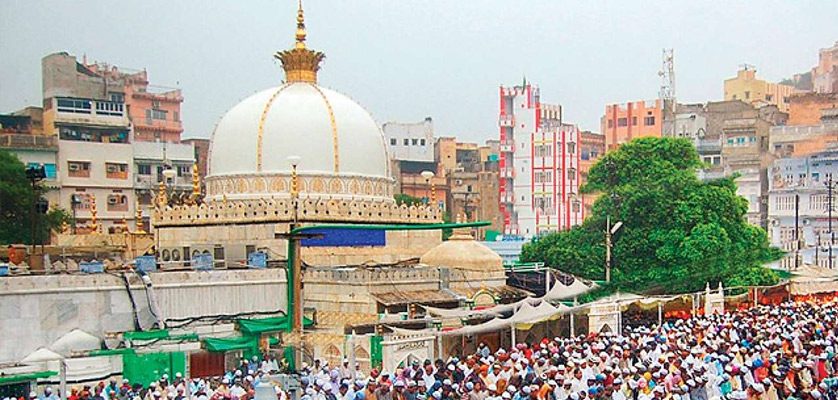
The Urs Fair held in Ajmer, Rajasthan commemorates the passing of Khwaja Moin-ud-din Chishti, a revered Sufi saint. This significant event draws followers from diverse communities who gather in the lakeside city of Ajmer during the initial six days of the 7th month, Rajab, as per the Islamic Calendar. Attendees partake in soulful Qawwalis and poetic Mushairaas, creating a spiritually uplifting atmosphere around the shrine.
3. Cattle Fair, ( Pushkar Fair ) Pushkar
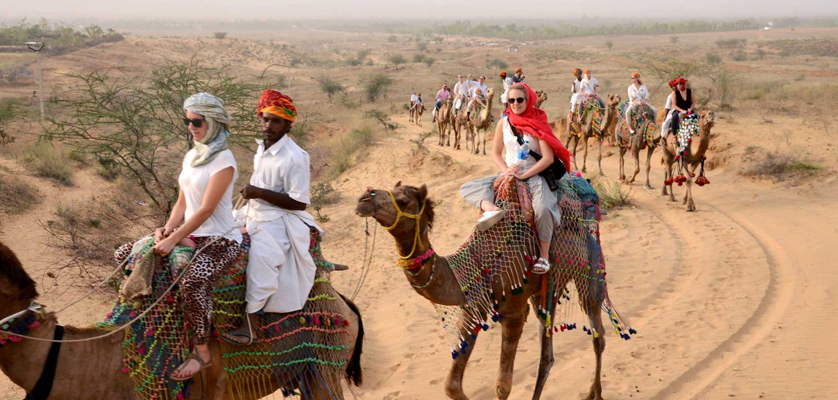
The Pushkar Cattle Fair, held in Rajasthan, is renowned as the world's largest camel fair. Set against the picturesque backdrop of valleys, hills, and deserts, this fair holds immense cultural significance. Taking place during the Hindu month of Karthik on Shukla Ekadashi, typically in October-November, the event is marked by numerous cultural activities and bustling shopping stalls. It's a vibrant celebration that showcases the rich heritage of the region and attracts visitors from across the globe.
4. Nagaur Fair - UTSAV
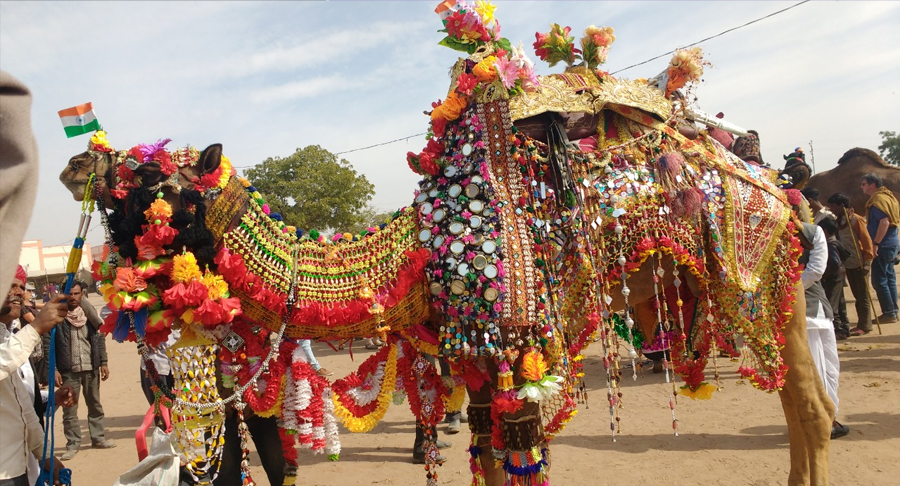
The Nagaur Fair in Rajasthan stands out as one of India's largest cattle fairs, showcasing a diverse array of livestock including cows, camels, bullocks, and horses. Held in the town of Nagaur, situated between Bikaner and Jodhpur, this fair has gained renown for its vibrant animal trading activities. Taking place from late January to mid-February, it offers a unique glimpse into the region's agricultural and trading traditions, drawing visitors to witness the lively spectacle of buying and selling amidst a culturally rich backdrop.
5. Desert Festival, Jaisalmer
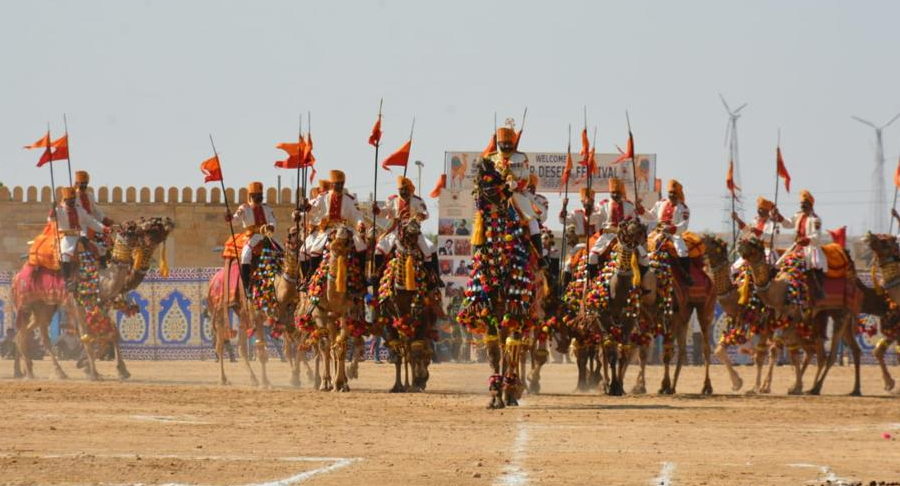
The Desert Festival in Jaisalmer, Rajasthan, rejuvenates the Thar Desert with vibrant celebrations. This event provides a captivating glimpse into Rajasthan's rich cultural heritage. The festival highlights captivating performances such as Gair and Fire dances, showcasing the region's traditional arts. Snake charmers, puppeteers, acrobats, and folk performers contribute to the festivities. Camel rides, dances, and even camel polo are enjoyed by visitors. Adding to the charm, the "Mr. Desert" contest takes place during the fair. This event breathes life into the desert landscape, creating a memorable and culturally immersive experience for all who attend.
6. Eid al-Fitr
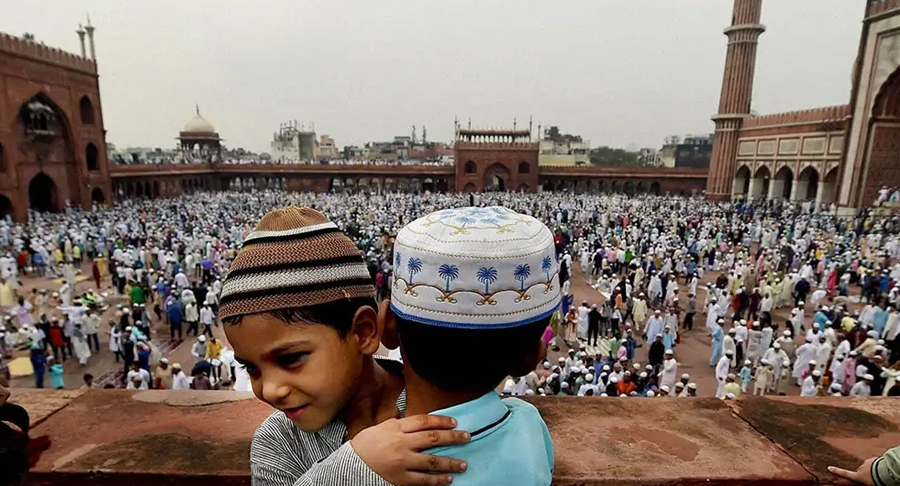
Eid ul Fitr, a significant Muslim festival celebrated across India and other countries, holds special significance in Northern India. The region showcases the pure essence of Muslim culture during this festive occasion. The date of Eid-Ul-Fitr, which marks the end of Ramadan, is determined by the sighting of the Crescent Moon according to the Islamic calendar. This joyful celebration is marked by enthusiasm and includes feasting and festivities. It offers a unique opportunity to experience the richness of Northern India's Muslim traditions and culminates the fasting season of Ramadan with a spirit of joy and communal celebration.
7. Diwali

Diwali, the vibrant festival of lights, illuminates North India with grandeur and splendor. Celebrated throughout the country, Diwali holds a special place in the festivities of the region. People adorn their homes with lamps, lights, and colorful decorations, while also exchanging gifts and sweets. Worship of Goddess Lakshmi, the bringer of prosperity, is a central aspect of the celebration. The air is filled with the sounds of crackers and the aroma of delectable sweets.
In the sacred city of Varanasi, another enchanting event takes place during Kartik Purnima. Dev Deepawali, celebrated between November and December, transforms the ghats of Varanasi into a mesmerizing spectacle. Thousands of earthen lamps are set afloat on the river, creating a breathtaking visual display that attracts tourists and devotees from across the country.
8. Baisakhi
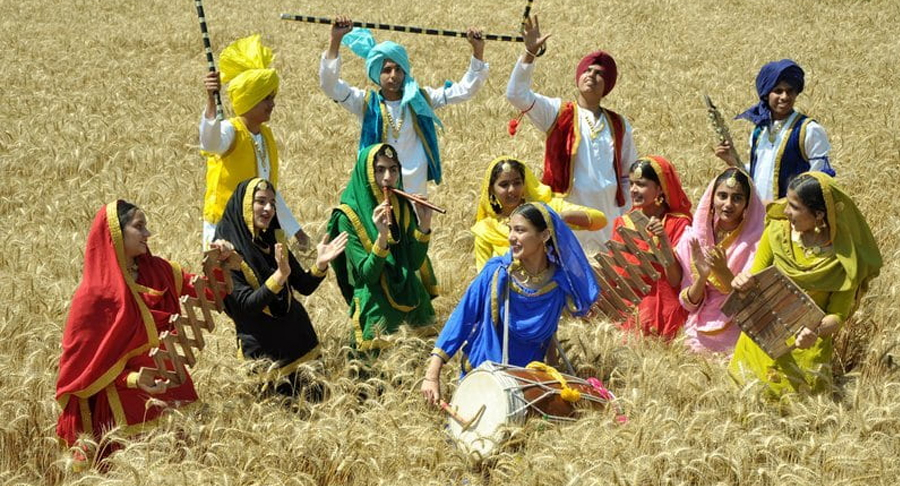
Baisakhi, a vibrant festival celebrated in North India, particularly Punjab, marks the Punjabi New Year. Falling in mid-April after the harvest season, Baisakhi is a joyful occasion. People come together to celebrate by singing and dancing, expressing their gratitude for the bountiful harvest. Colorful processions, traditional folk dances, and music fill the streets, creating an atmosphere of cheerfulness and unity. Devotees offer prayers and seek blessings for the upcoming year, while the first harvested crop is presented to the Gods and Goddesses as a symbol of thanksgiving and abundance.
9. Lohri, Punjab
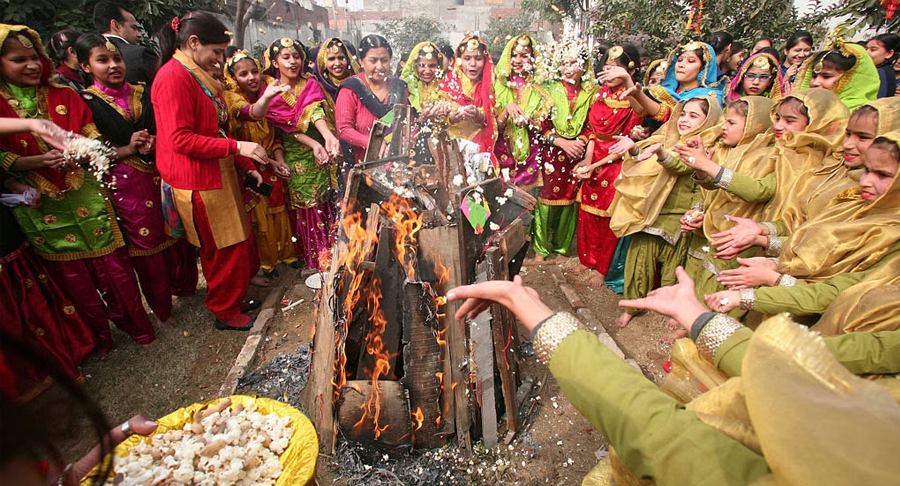
Lohri, a prominent festival in Punjab and other parts of North India, signifies the culmination of winter and the arrival of longer days. Celebrated with great enthusiasm, it holds cultural significance. Children move from house to house, singing traditional songs and collecting offerings like munchies and savories. As the sun sets, a bonfire is lit, and the collected goodies are thrown into the flames, symbolizing the sharing of abundance and warmth. People gather around the bonfire, singing and dancing to folk tunes, fostering a sense of community and joy. Lohri brings people together to cherish traditions and welcome the changing season.
10. Sindhu Darshan, Kashmir
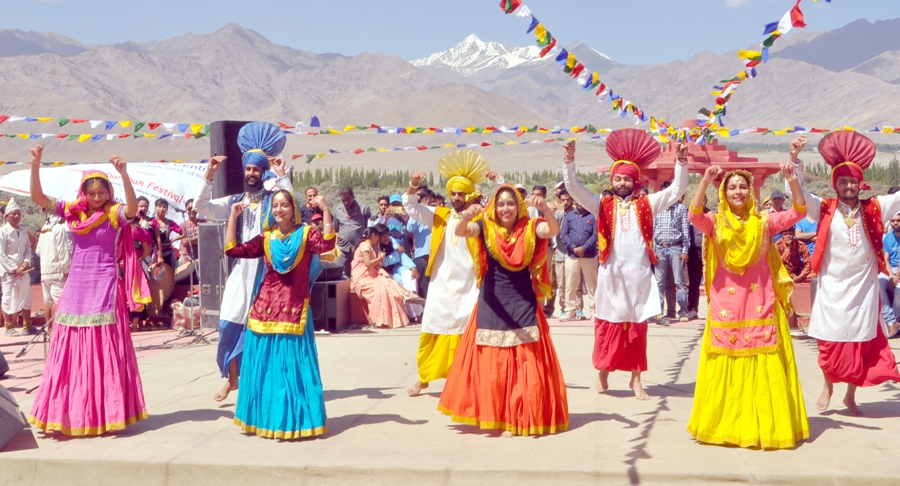
Sindhu Darshan, a significant festival in North India, holds special importance for Kashmiris. It draws people from across Kashmir to gather at the source of River Sindhu in Leh. Commemorated during the month of June on Guru Purnima, the festival is a tribute to the river and a homage to the soldiers who made sacrifices for the nation. This celebration serves as a platform to promote the river's significance and cultural heritage. It symbolizes unity, respect for nature, and gratitude towards the brave individuals who have served the country.
11. Phulaich Festival, Kinnaur
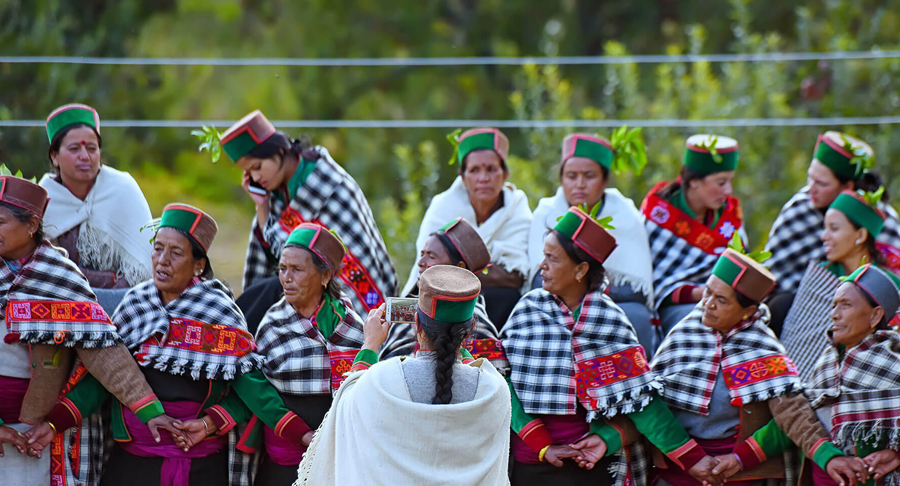
The Phulaich Festival, a distinctive tradition in the Kinnaur district of Himachal Pradesh, takes place in September. Celebrated for four days, this flower festival is a vibrant spectacle among the Himachali people. Rajputs ascend a specific mountain to gather flowers, returning the next day. The nights are filled with joyous singing and dancing. The village deity is honored through a procession adorned with the carefully chosen flower collection. The subsequent day involves an animal sacrifice, adding a spiritual dimension to the festivities. The Phulaich Festival showcases the region's cultural richness, spiritual devotion, and harmonious connection with nature.
12. Teej, Haryana
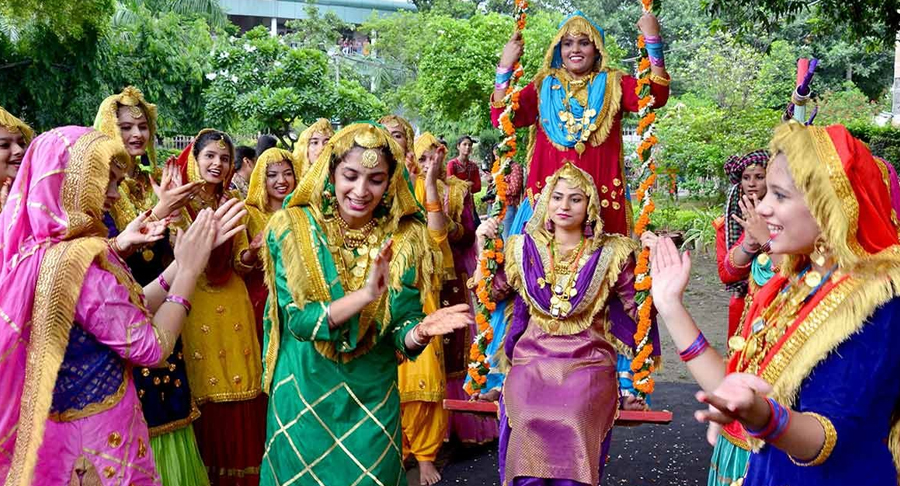
Teej, a significant festival in Haryana, is celebrated with immense enthusiasm. Falling in the month of Sawan (July-August) according to the Hindu calendar, it welcomes the monsoon season. Lord Shiva and Goddess Parvati are worshiped during this festival. Women in the state especially relish Teej, adorning themselves with red and pink dupattas adorned with golden thread. They apply intricate mehandi designs on their palms and joyfully swing throughout the day, singing songs. Teej not only signifies the cultural heritage of Haryana but also showcases the connection between nature, spirituality, and the joyous spirit of its people.
13. Lathmar Holi, Barsana
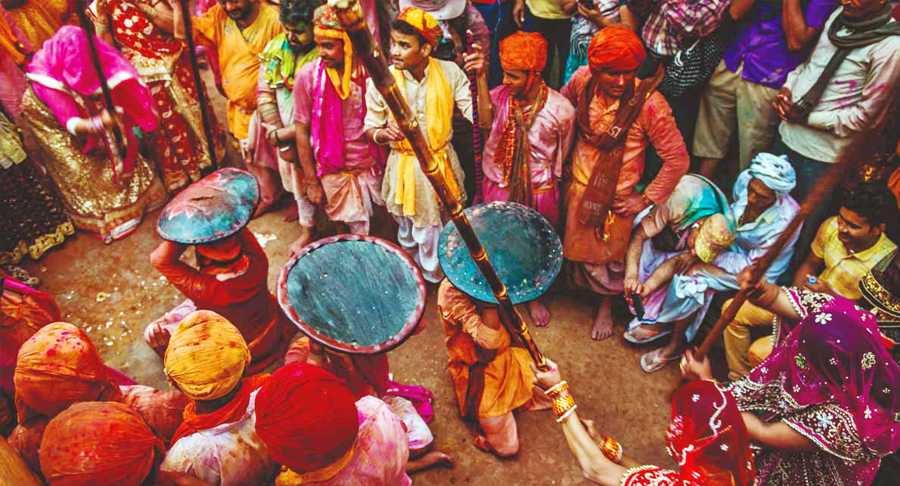
A distinctive festival in India, Lathmar Holi, is celebrated in Barsana, Uttar Pradesh. Rooted in belief, it commemorates Krishna's visits from Nandgaon to play Holi with Radha and her companions. In this playful tradition, Krishna and his friends were playfully chased by the Gopis, who playfully beat them with bamboo sticks or "lathis." This charming custom continues as village women chase and good-heartedly "beat" men from Nandgaon as they visit Barsana. Lathmar Holi not only echoes the mythological love of Radha and Krishna but also exemplifies the lively spirit of festivity and camaraderie in Indian culture.
14. Kumbh Mela, Allahabad
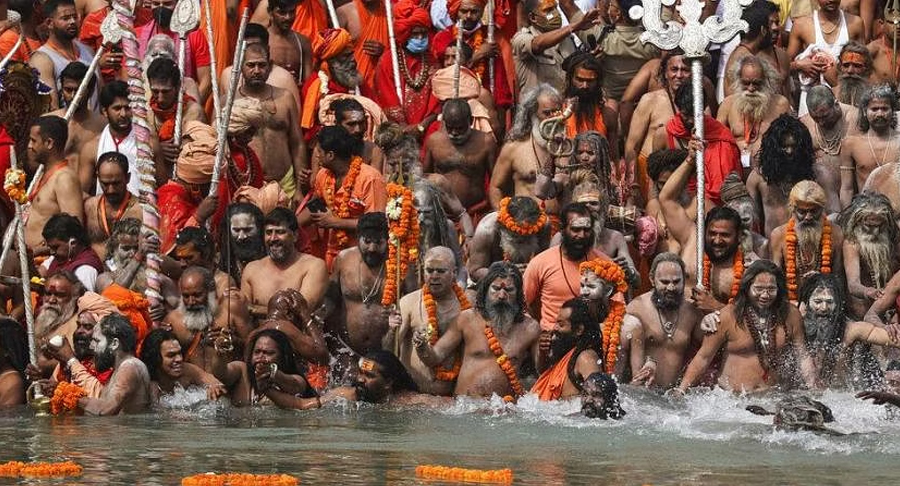
The Kumbh Mela, a grand spiritual event, takes place in Allahabad, Uttar Pradesh, spanning nearly a month. As one of the world's largest fairs, it draws a multitude of pilgrims from across the globe. Held at the sacred confluence of the Ganga, Yamuna, and Saraswati rivers, this religious congregation occurs between January and February. According to legend, a sanctifying dip in these waters during the Kumbh Mela absolves individuals of their sins, making it a deeply significant and transformative experience for participants seeking spiritual renewal and blessings.
15. Ram Navami, Ayodhya
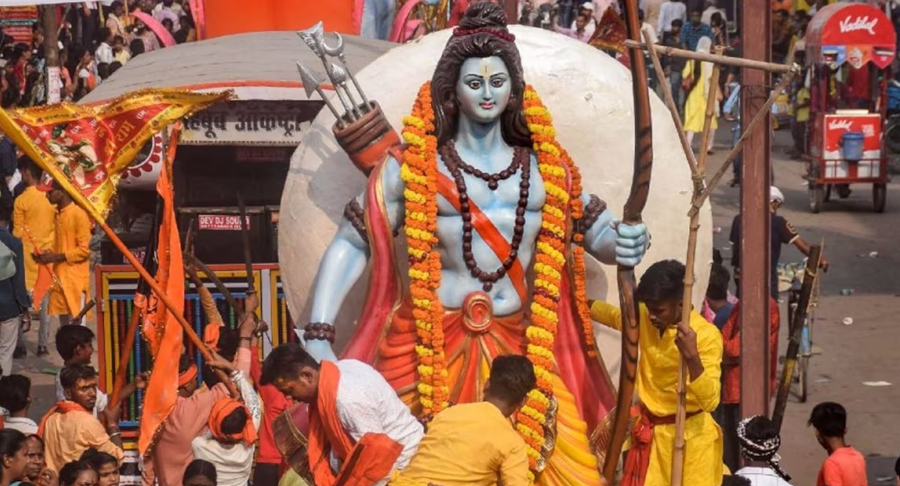
Ramnavami, a significant festival, honors the birth of Lord Rama and holds special prominence in Ayodhya, Uttar Pradesh. Similarly, Janmashtami, celebrated in Mathura, Krishna's birthplace, is marked by grand festivities and vibrant displays. These joyous occasions resonate with devout believers, offering a glimpse into the rich mythological heritage of India and showcasing the deep reverence for these revered deities.
16. Mata Murti Ka Mela, Uttarakhand
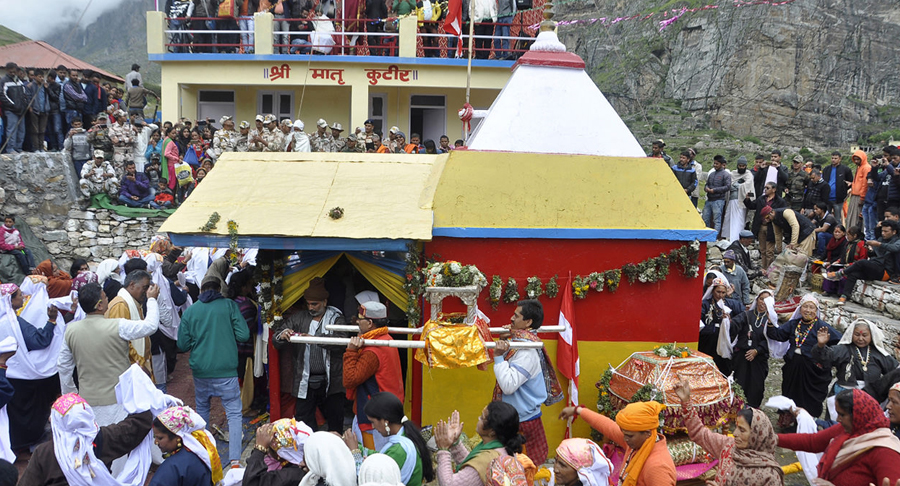
Mata Murti Ka Mela, an annual event in Uttarakhand's Champavat region, takes place in September. This unique festival reveres the Mother of Badrinath, and it includes a vibrant fair held at the revered Badrinath Temple. The festivities serve as a heartwarming tribute to the divine and attract devotees from near and far, fostering a sense of spiritual unity and cultural celebration.
17. Magh Mela, Uttarakhand
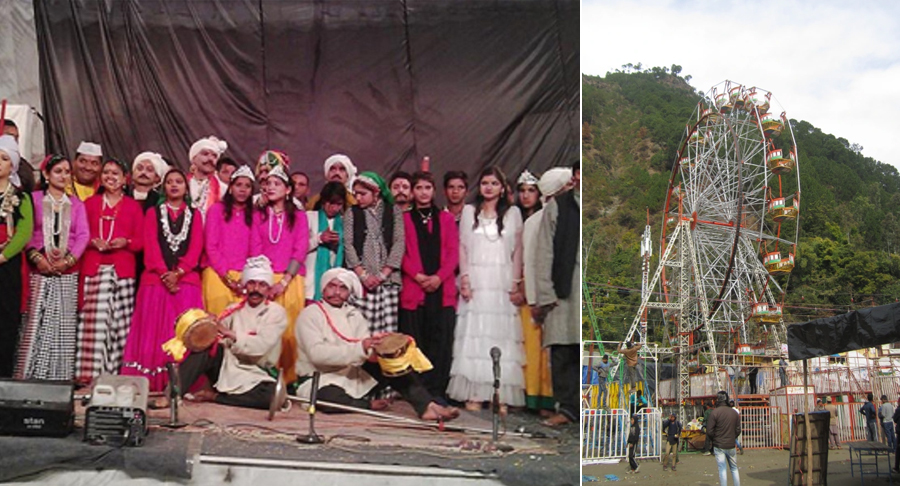
Magh Mela, a significant event in the Kumaon region of Uttarakhand, occurs during Sankranti. This festival holds immense importance in North India's cultural tapestry. Explore our meticulously designed pilgrimage tour packages, such as the Chardham Package, Golden Triangle with Golden Temple Tour, and Golden Triangle with Varanasi Tour (Ganges Tour), for a comprehensive experience of the vibrant events and festivals in North India.
18. Jaipur Literature Festival
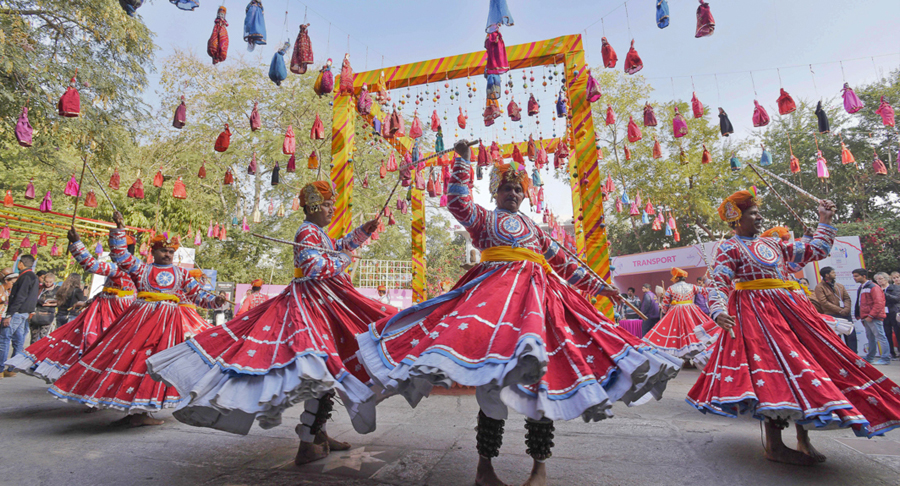
The Jaipur Literature Festival is an acclaimed annual event held in the city of Jaipur, Rajasthan, India. It is a vibrant and diverse platform that brings together renowned authors, thinkers, poets, and literary enthusiasts from across the globe. This festival celebrates literature in its myriad forms, including fiction, non-fiction, poetry, history, and more. Participants engage in thought-provoking discussions, debates, readings, and cultural exchanges, fostering a dynamic atmosphere of intellectual exploration. The Jaipur Literature Festival has gained international recognition for its contribution to the promotion of literature, art, and ideas, making it a must-attend event for literature aficionados and those passionate about creative expression.
19. Gangaur
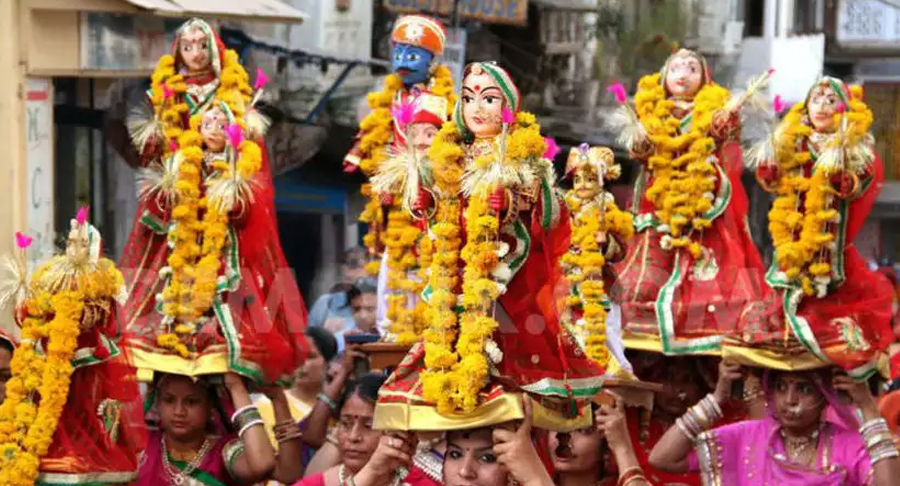
Gangaur is a traditional and colorful festival celebrated in the Indian state of Rajasthan, particularly in the city of Jaipur. It is dedicated to the goddess Gauri, who represents purity, marital bliss, and prosperity. The festival takes place in the month of Chaitra (March-April), marking the end of winter and the arrival of spring.
During Gangaur, married women pray for the well-being and long life of their husbands, while unmarried women seek blessings for a worthy spouse. The festivities typically last for around 18 days and include various rituals, processions, and cultural performances.
Women dress in vibrant Rajasthani attire, donning traditional jewelry and applying intricate mehndi (henna) designs on their hands. They carry beautifully decorated pots on their heads, symbolizing the harvest and fertility, while singing folk songs and dancing as they parade through the streets.
The most visually captivating aspect of Gangaur is the stunningly adorned idols of Gauri, which are elaborately decorated and taken on processions. The idols are immersed in water bodies on the final day of the festival, symbolizing the departure of the goddess and the conclusion of the celebrations.
Gangaur not only reflects the rich cultural heritage of Rajasthan but also showcases the strong bond between married couples and the importance of family and relationships in the region's social fabric.
20. Rann Utsav

The annual Rann Utsav transforms the white sands of Gujarat's Rann of Kutch into a cultural haven from November to February. Traditional Gujarati-style tents house a multitude of activities, including captivating folk dances, skits, and educational programs every evening. As the sun sets, the atmosphere comes alive with bonfires and sumptuous dining experiences. This vibrant festival, a true spectacle of Gujarat's heritage, draws visitors from around the world. The Rann Utsav is a celebration of the state's finest traditions, creating an unforgettable experience against the backdrop of the stunning Rann landscape.












